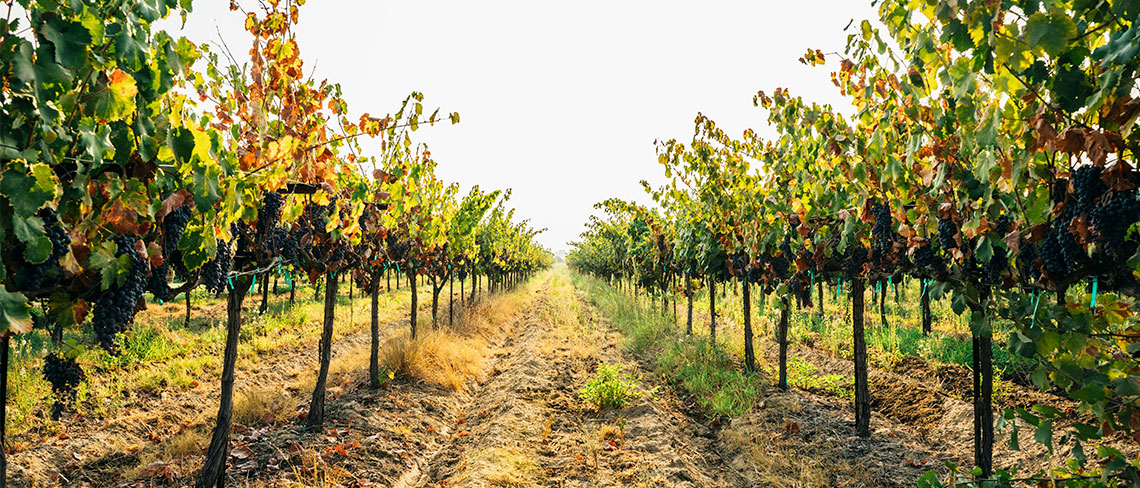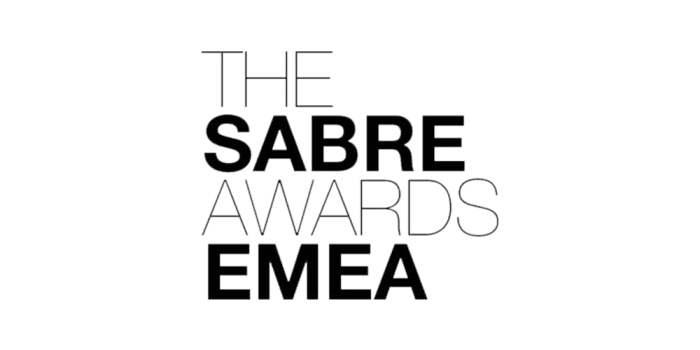
For some variation from the heavily imbibed Burgundies, Champagnes and Riojas that hold pride of place in supermarket shelves, the more adventurous oenophiles have turned to lesser-known winemaking regions. While Croatian, Georgian and Moldovan wines have become fashionable in recent years–finding their way into the UK via specialist merchants or wine subscription clubs–many wines made outside of Europe and major New World wine-producing countries are still yet to be savoured.
Despite being the second-largest wine producer in Africa , Moroccan wine is relatively unknown to the rest of world – owing partly to the fact that only 1.45% of it is bottled for international consumption and that many around the world wrongly believe that the predominantly Muslim country has no tradition of alcohol consumption. In fact, according to the Oxford Companion to Wine, Moroccan viticulture dates back to antiquity and was continued by the Ancient Romans, but it was the French occupation that spearheaded large-scale, commercial production . While much of the French expertise left the country following Morocco’s independence, it began to ramp up again in the 1990s following appeal to French investors . Today, Morocco produces approximately 40 million bottles per year1.
To target those interested in enotourism, the Moroccan National Tourist Office has rounded up several vineyards around the country that are open to visits, with some of them also offering premium suites, quality restaurants and invigorating spa and wellness packages, too.
Meknes
The Fès-Meknès region accounts for approximately 60% of Moroccan wine production, owing to a more Mediterranean climate, fertile soils and the historical proximity to Volubilis, a partly ruined ancient Roman city.
Deep in the heart of the northern winelands is the mid-century Château Roslane, just one of the wineries whose wines are exported by Les Celliers de Meknes – the largest and best known Moroccan wine producer and the driving force behind the formation of the Les Coteaux de l’Atlas AOC appellation. This winery was among the first in Morocco to use oak barrels for aging wines, which after use are purchased by wine distilleries in Scotland to create a complex flavour profile.
Château Roslane is housed in a Spanish-Moorish construct surrounded by lush gardens. It’s home to the charming L’Oliveraie restaurant and the signature Roslane Spa by Vinésime, the grape must-powered French skincare brand.
Rabat
Château La Ferme Rouge is one of the country’s most highly regarded wineries. Headed up by Jacques Poulain, hailing from southwestern France, the winery has produced over 40 different types of white, red, rosé and grey wines as well as 24 exclusive collaborations, including a red and a white each for the Fairmont La Marina Rabat Salé Hotel & Residences.
Visits to the winery are by appointment, but their wines can be enjoyed around Morocco – such as in La Mamounia in Marrakech and of course the Fairmont in Rabat.
According to Poulain, the winery’s activities have had a transformative impact on the village of Brachoua where it’s located. As all operations are done by hand, significant employment opportunities are created for both the men and the women of the village.
Casablanca
Domaine des Ouled Thaleb Estate in Benslimane, just a 90-minute drive northeast from Casablanca, dates back over 100 years, and not only is it a thriving wine estate, but the land is also home to numerous eucalyptus forests as well as around 20 small villages where most of the employees live.
A guide can direct truck tours through the 570 acres of planted vines followed by a tasting and a lunch at the on-site Restaurant Le Ryad des Vignes which serves French fare.
Essaouira
Domaine du Val d’Argan is the only Moroccan vineyard dedicated to grape varieties of the Rhone Valley. This was an initiative of Charles Melia who in 1994 left Châteauneuf-du-Pape for southern Morocco, choosing the town of Ounagha – a 23km drive from Essaouira – for its soil’s resemblance to California’s Napa Valley.
Vineyard tours with tastings of the vineyard’s two signature whites, two reds and a rosé are available, but bookings are essential.
Ryad des Vignes has five rooms just next door to the vineyard. The property is open year-round, has a restaurant and an outdoor swimming pool.
Those looking to experience the breadth of Moroccan’s viticulture can score affordable direct flights to Morocco’s principal wine regions from major airports:
- London Stansted to Fes-Saïss operated by Ryanair UK, returns starting from £54
- London Gatwick to Rabat-Salé operated by BA Euroflyer, starting from £70 each-way (from 5 November 2025)
- London Stansted to Essaouira operated by Ryanair UK, returns starting from £56
- Dublin to Rabat-Salé operated by Ryanair, returns starting from £38
-Ends-
For further press information, please contact:
Sarah Geppert | Will Challis
Rooster.
T: +44 (0)203 440 8930
E: [email protected]
About Moroccan National Tourist Office:
Established in 1918, the Moroccan National Tourist Office (MNTO) has served as a cornerstone of the country’s tourism industry for over a century. As a government institution, MNTO spearheads efforts to promote Morocco as a tourist destination. Their mission encompasses both promoting the Morocco tourism brand through marketing and communication, as well as driving sales development through trade activities, both domestically and internationally.
[Photo credit: Susie Burleson]






